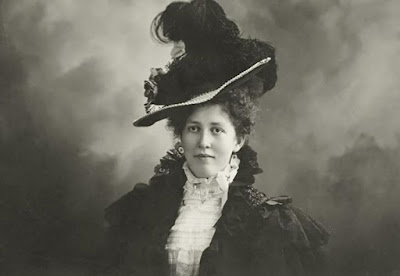In the 1990s, the city of Eugene and numerous other local agencies and organizations in Lake County founded Earth Day Oregon, which became an annual event held at the River's Edge Plaza at Eugene Water & Electric Board promoting environmental programs and practices.
In 2020, over 100 million people from around the world observed the 50th anniversary of Earth Day in what was described as the largest online mass mobilization in history. This year's focus is on climate literacy, responsible forestry practices and the benefits of environmental education.
Now, President Joseph Biden has pledged to cut greenhouse gas emissions by nearly half by 2030. The United States is rejoining international efforts to fight global warming, after four years of climate denial by the previous administration, and is promoting conservation and renewable energy.












